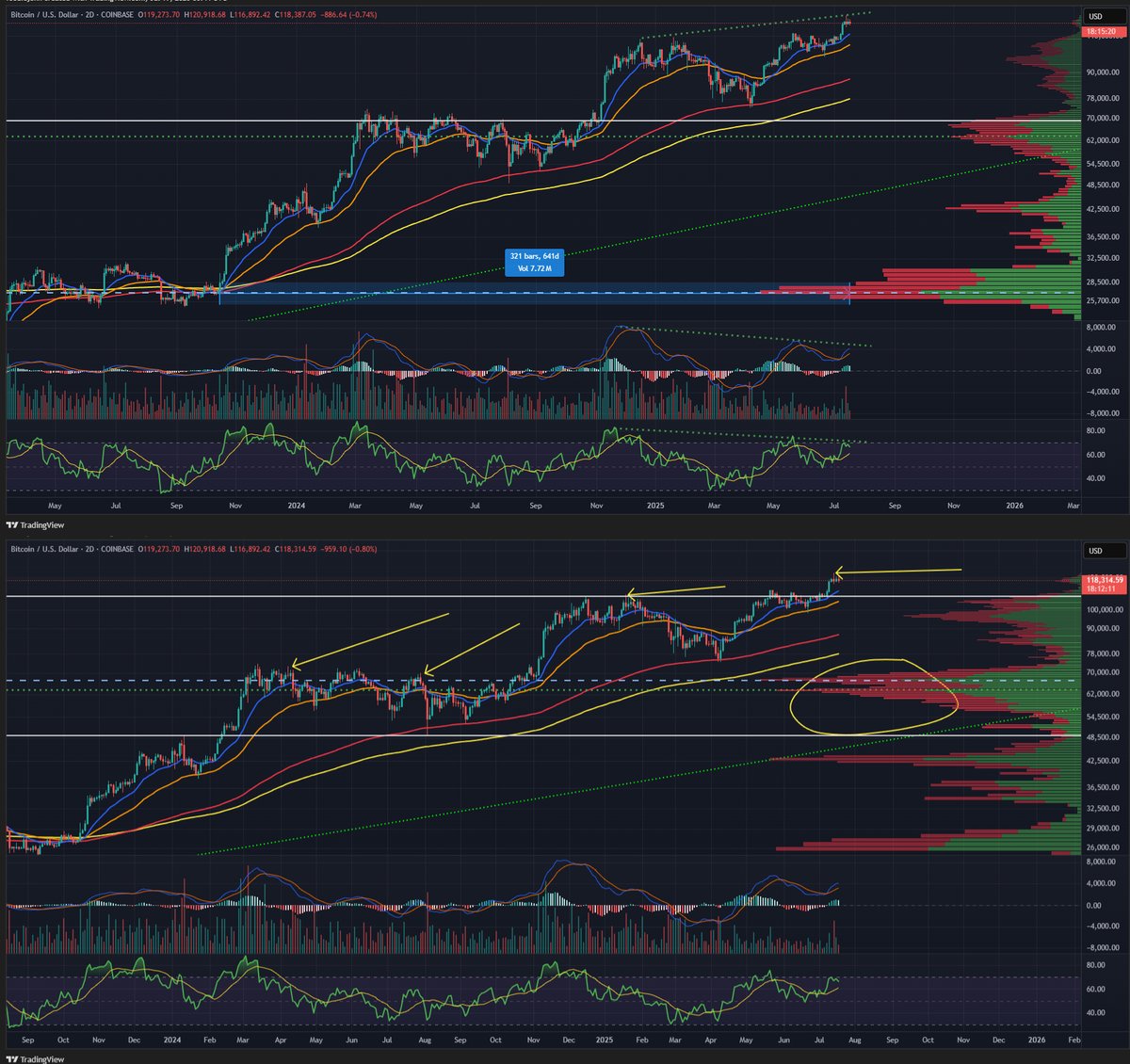The Influence of Artificial Intelligence on the Cryptocurrency Market: A Detailed Exploration
—
Opening the Door: Why AI Matters in Crypto
Artificial Intelligence (AI) and cryptocurrency may seem like two separate realms at first glance—one dealing with data-driven machine intelligence, the other with decentralized digital money. Yet, the intersection of these fields is rapidly reshaping the cryptocurrency market landscape. Far from a simple buzzword, AI serves both as a powerful tool and a transformative force that influences trading strategies, risk management, and broader ecosystem development. This report explores how AI impacts the crypto market, with a special focus on Bitcoin, highlighting opportunities, challenges, and evolving trends.
—
The Pulse of the Market: How AI Shapes Trading Dynamics
One of the clearest manifestations of AI within cryptocurrency markets is in the arena of trading. Traditional trading largely depended on manual analysis of price charts, news, and market sentiment. Today, AI-powered algorithms scour vast sets of historical and real-time data to uncover patterns and generate predictive insights that humans could never process quickly enough.
In particular, AI has increased the precision and speed of trade execution with tools like:
– Algorithmic Trading Bots: These programs operate around the clock, reacting instantly to market movements and adjusting positions based on predefined strategies or machine-learned models. This shift reduces human error and emotional bias while improving efficiency.
– Sentiment Analysis: By scanning social media channels, forums, and news sites, AI tools gauge market sentiment, detecting shifts that may precede price changes. For instance, real-time analysis of Twitter chatter can identify sudden bursts of optimism or fear, influencing moment-to-moment trade decisions.
– Risk Assessment Models: AI systems assess portfolio risks dynamically, using clear historical data and real-time metrics. This helps investors and institutions mitigate exposure during volatile phases, such as those seen recently in Bitcoin’s price fluctuations around $105,000[6].
The result is a market that increasingly favors those who integrate AI into their investment arsenal—either through third-party platforms or bespoke solutions.
—
Behind the Scenes: AI’s Role in On-Chain Analysis and Network Health
Beyond price speculation, AI significantly improves the understanding of the blockchain itself. On-chain data—the record of transactions, wallet activities, and staking dynamics—is tremendously complex. AI’s ability to sift through this data enables:
– Anomaly Detection: Spotting irregularities like potential large sell-offs, unexplained wallet movement, or mining pool dominance that could impact price stability.
– Market Cycle Identification: By correlating on-chain metrics with past bull and bear phases, AI models offer insights on when Bitcoin might be entering certain market stages.
– User Behavior Analysis: Understanding patterns of hodling (holding assets) versus selling or large institutional movements helps forecast market sentiment with greater accuracy.
Such predictive insights support traders in timing entries and exits more effectively and assist regulators and developers in monitoring ecosystem health.
—
Institutional Adoption: AI as a Catalyst for Integration
Institutional investors represent a growing force within cryptocurrency markets, with entities managing billions entering via Bitcoin ETFs, corporate treasury holdings, and diversified crypto portfolios[7]. AI facilitates this influx by:
– Enhancing Transparency: Machine learning algorithms audit transactions and smart contracts, reducing counterparty risks.
– Automating Compliance: AI-powered tools help institutions stay compliant with evolving regulatory requirements, a critical barrier in broader crypto adoption.
– Portfolio Optimization Models: Complex models balance risk and reward better than traditional methods, motivating institutional engagement with volatile assets like Bitcoin during phases of consolidation or breakout signals.
This growing AI-enabled institutional presence may help stabilize markets and push digital assets toward mainstream finance integration.
—
Risks and Ethical Questions Surrounding AI in Crypto
Despite its promise, AI’s growing adoption in crypto is not without drawbacks and controversies:
– Algorithmic Bias and Faults: Poorly trained models can reinforce existing market biases, cause flash crashes, or amplify volatile swings as bots react to each other’s moves.
– Market Manipulation Concerns: AI can be misused to conduct manipulative practices such as spoofing or wash trading, complicating regulatory oversight and fairness.
– Data Privacy Issues: The extensive data mining required for sentiment analysis and on-chain tracking raises questions about privacy, user consent, and data security.
– Unemployment and Skill Gaps: As AI automates more trading, demand for human traders might diminish, shifting the job landscape and raising questions about skill acquisition and market inclusiveness.
Addressing these challenges requires coordinated efforts between technologists, regulators, and market participants.
—
Looking Forward: AI in Cryptocurrency’s Next Frontier
The relationship between AI and cryptocurrency is poised for continued deepening. Some exciting frontiers include:
– Decentralized AI: Embedding AI algorithms directly into blockchain protocols to enable autonomous decision-making without reliance on centralized servers.
– AI-driven DeFi Innovations: Creating adaptive, self-adjusting financial instruments that respond automatically to market conditions, improving yield and security.
– Enhanced Cybersecurity: Using AI for real-time detection and mitigation of hacks or fraud within blockchain networks.
– Education and Democratization: AI-powered tools that help retail investors decode complex crypto markets, leveling the access playing field.
Ultimately, AI is not just an add-on but an integral innovation driving cryptocurrency markets toward greater sophistication, efficiency, and accessibility.
—
Conclusion: Navigating AI’s Crypto Landscape with Insight
AI’s influence on the cryptocurrency market is both transformative and multifaceted. It offers game-changing tools for traders, institutional investors, and ecosystem participants, enabling smarter decisions amid volatility and uncertainty. Yet, it also amplifies risks that demand vigilance and ethical foresight.
Bitcoin’s current market dynamics—characterized by consolidation, institutional inflows, and subtle technical warning signs—underscore the utility of AI-powered analysis in navigating complexity. As AI continues evolving alongside blockchain and decentralized finance, those who blend technological innovation with thoughtful strategy will chart the clearest path forward.
In the dance between machine intelligence and digital currencies, the future of finance is unfolding in real time, inviting curiosity, rigor, and adaptability.
—
Useful Links
– Scorehood Bull::Bear Analysis App Genetic AI
– Nodecharts – On-chain Analysis
– GSMART MONEY – Institutional ETF Inflows
– BitcoinMacro – Macro Liquidity and Crypto
These resources offer cutting-edge insights into how AI tools are shaping cryptocurrency markets daily.





